Jim Preston (Chris Pratt) is a passenger aboard the starship Avalon, a colony ship on a 120 year journey to the planet Homestead II. The vessel is a sleeper ship- before its departure from Earth, all of the crew and the 5000 colonists were placed into suspended animation. They are all scheduled to wake up approximately four months before the final approach to the colony. However, about 30 years into the journey the ship encounters a debris field which damages several key systems, causing Jim’s cryo-pod to fail. Unable to reenter cryo-sleep and faced with the prospect of spending the remaining 90 years of the trip with no one except the ship’s AI bartender for company, he slowly gives into despair. That is, until he has an idea: waking up someone else.
Much like Arrival, Passengers falls into what I call “human science fiction”- that is, works of sci-fi that are actually about human drama. Although it takes place aboard a starship and has robots and other trappings of science fiction, it’s not about any of those things. Rather, it’s actually a romantic drama; the focus is not on technology or space travel or any other typical sci-fi aspect but on the relationship between Jim and the woman he wakes up, Aurora (Jennifer Lawrence). Fortunately, Passengers has in abundance the most important of all elements of the romantic drama: chemistry between the two leads. Pratt and Lawrence play off each other very well, which is vital since they’re the only people aboard the Avalon save for the robot bartender (played by Michael Sheen). While a film with so few actors could have easily gotten boring, both of them manage to keep the film entertaining and enjoyable for the whole of its run time.
And although the sci-fi aspects of the film are mostly simple background scenery for the most part, the art design of the movie is incredible. The sets which make up the Avalon are beautiful, equal parts clean sleek lines and art-deco styling. In terms of quality and attention to detail I’d say they were comparable to Roger Christian and H.R. Giger’s work on the original Alien, albeit in entirely different styles. Even if you’re not a huge fan of romantic dramas, the film’s style should keep any sci-fi fan happy. If this film doesn’t get the Oscar for Best Production Design I’ll eat one of my many hats.
All in all, Passengers is stylistically a science-fiction film and a romantic drama in terms of plot. Whether you’re a fan of either genre, there is something for you to like here. It's not a typical romance movie, but I think you'll like it if you give it a shot.
Grade: A-
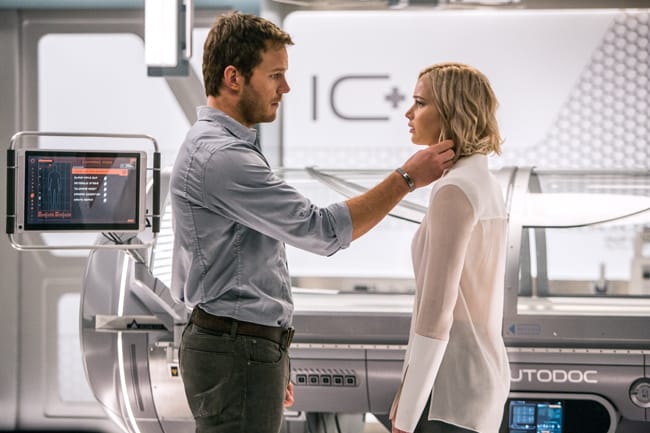
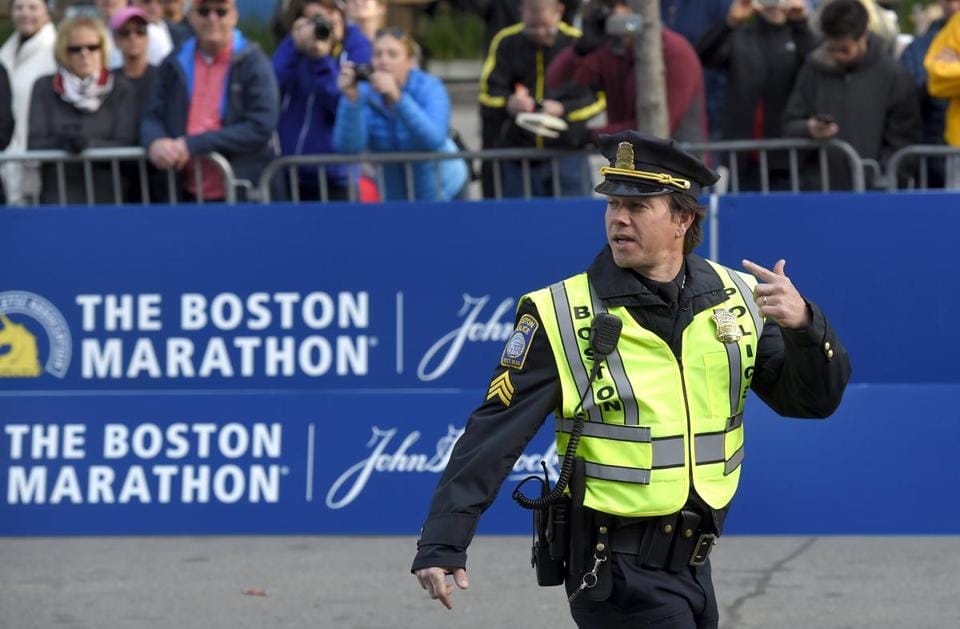
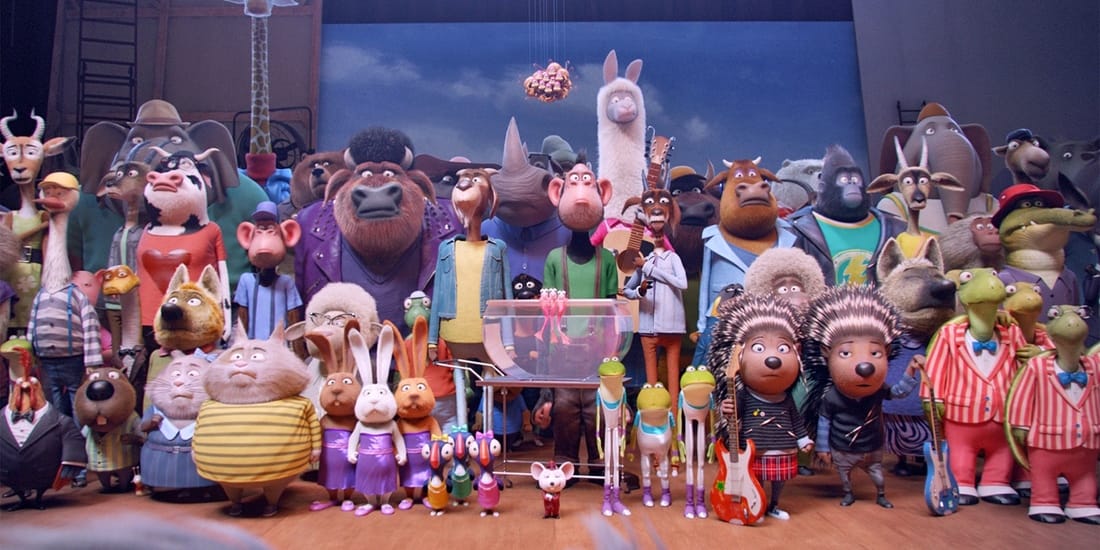
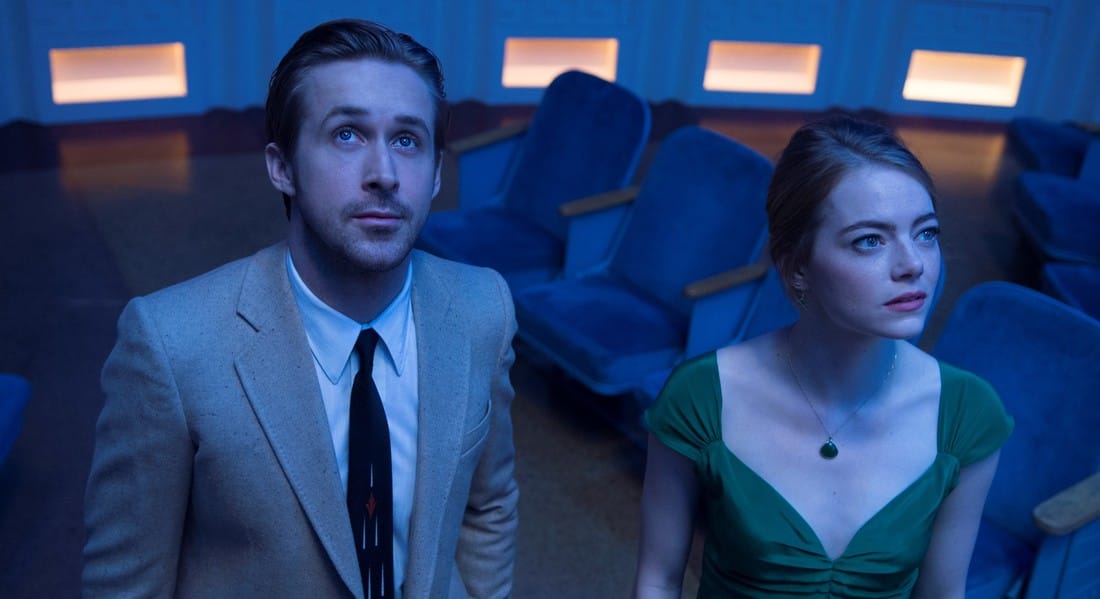
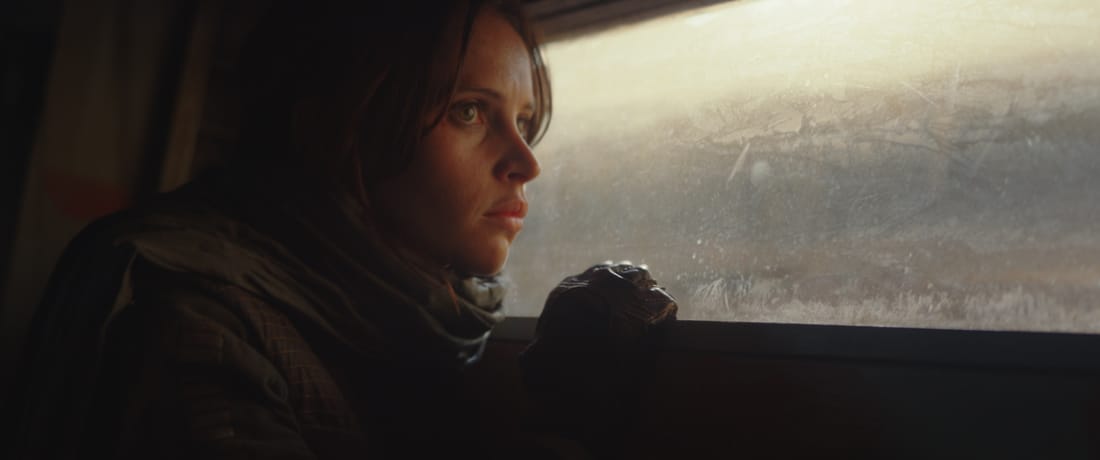



 RSS Feed
RSS Feed
